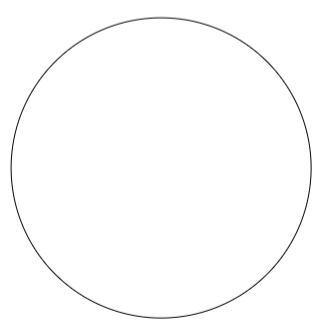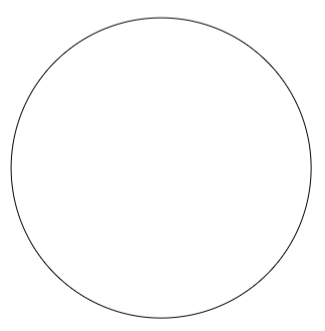23.4: Materials and Procedures
- Page ID
- 40305
Materials
- Day 1:
- Unknown cultures A and B
- 2 TSA plates
- 2 TSA slants
- 2 TSB tubes
- Stains
- Subsequent days: Reagents and stains are available at all times. Media is available by request only.
- TSA plates and slants
- TSB
- Stains
- Physiological media:
- PR Dextrose Broth
- PR Lactose Broth
- PR Sucrose Broth
- MR-VP Broth
- Simmon’s Citrate Slant
- TSI Agar Deep Slant
- Nutrient Gelatin Deep
- Urea Broth
- Starch Agar Plate
- Skim Milk Agar Plate
- EMB Agar Plate
- MacConkey Agar Plate
- Tryptone Agar Plate
- Mueller-Hinton Plate (Novobiocin 30 disk)
- Test Reagents:
- Catalase Reagent-3% Hydrogen Peroxide
- Oxidase Dry slides
- Indole Dry Slides
- Methyl Red
- Barritt’s Reagents A & B
Procedures
Each person will subculture their unknown samples, perform stains, run tests, etc., according to the instructions given on their bacteria. It will be up to the individual to determine which tests are appropriate and necessary to use.
Individual results should be recorded below and a final write-up will be required. Your instructor will advise you as to the requirements of the write-up.
Day 1:
You will receive a broth culture and should record the number of the unknown. You will subculture the unknown on a plate, slant, and broth and incubate them. Be sure to label each correctly including the number of the unknown.
Next, you should perform a gram stain and negative stain to determine gram reaction, morphology, arrangement, and size.
Your Unknowns:
 # _______A
# _______A
Gram reaction______________________________
Cell Morphology______________________________
Cell Arrangement______________________________
Cell Size______________________________
 # _______B
# _______B
Gram reaction______________________________
Cell Morphology______________________________
Cell Arrangement______________________________
Cell Size______________________________
Day 2:
At this point you should have determined the gram reaction, cell morphology, and cell arrangement of your unknown. After plating the culture you will be able to observe and record its culture characteristics. Refer back to the lab on culture characteristics in order to use the correct terms to describe its growth characteristics.
# _________A
Culture characteristics:
Plate-
Slant-
Broth-
# _________B
Culture characteristics:
Plate-
Slant-
Broth-
Day 2 and beyond:
Decide which tests you need to help ID your unknown. Identification of unknown bacteria can be aided by the use of a dichotomous key, or flowchart, like the one below. The example below illustrates how you might begin to design a flow chart. There is no one set way to construct it!

Contributors and Attributions
Kelly C. Burke (College of the Canyons)


